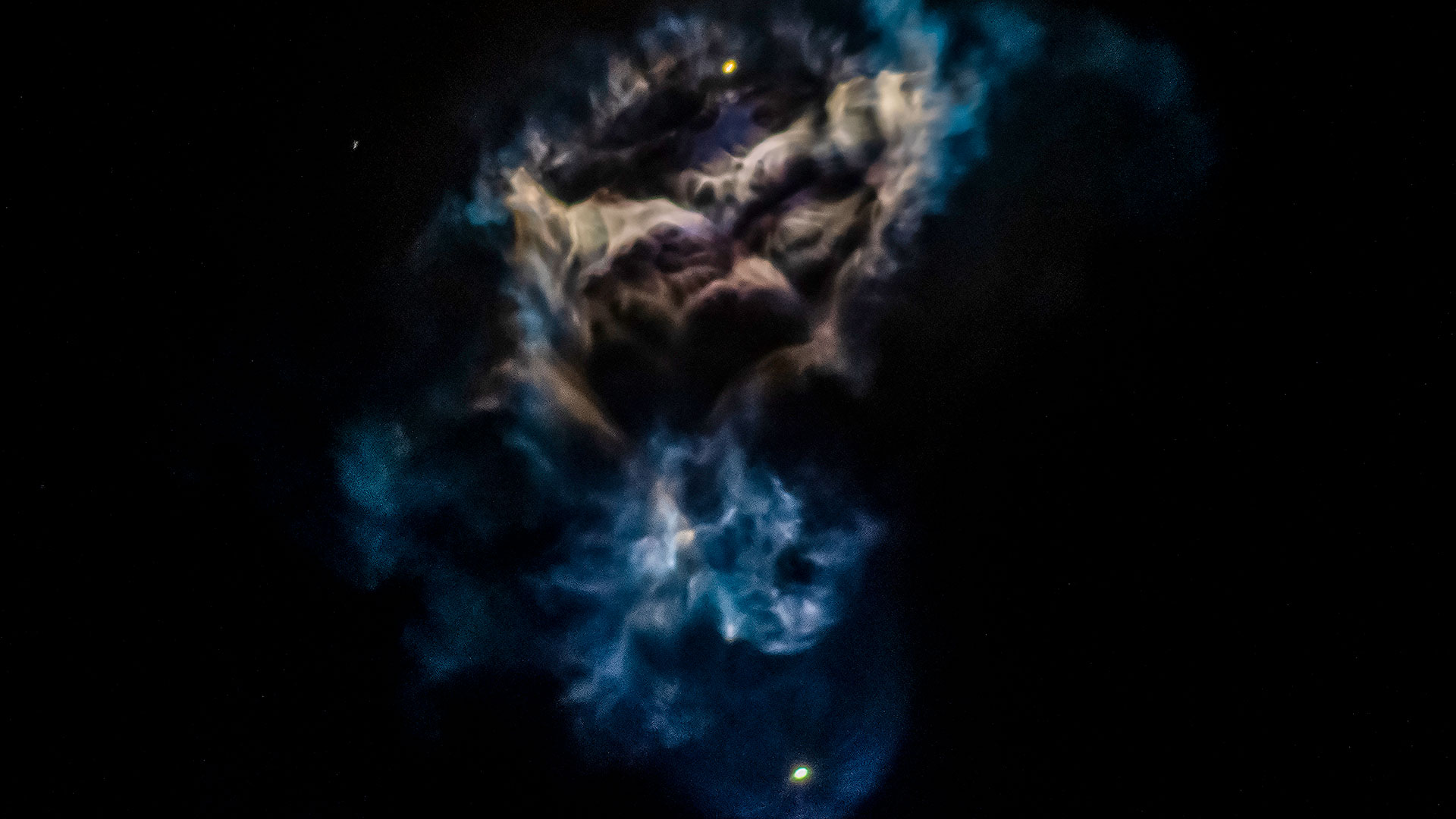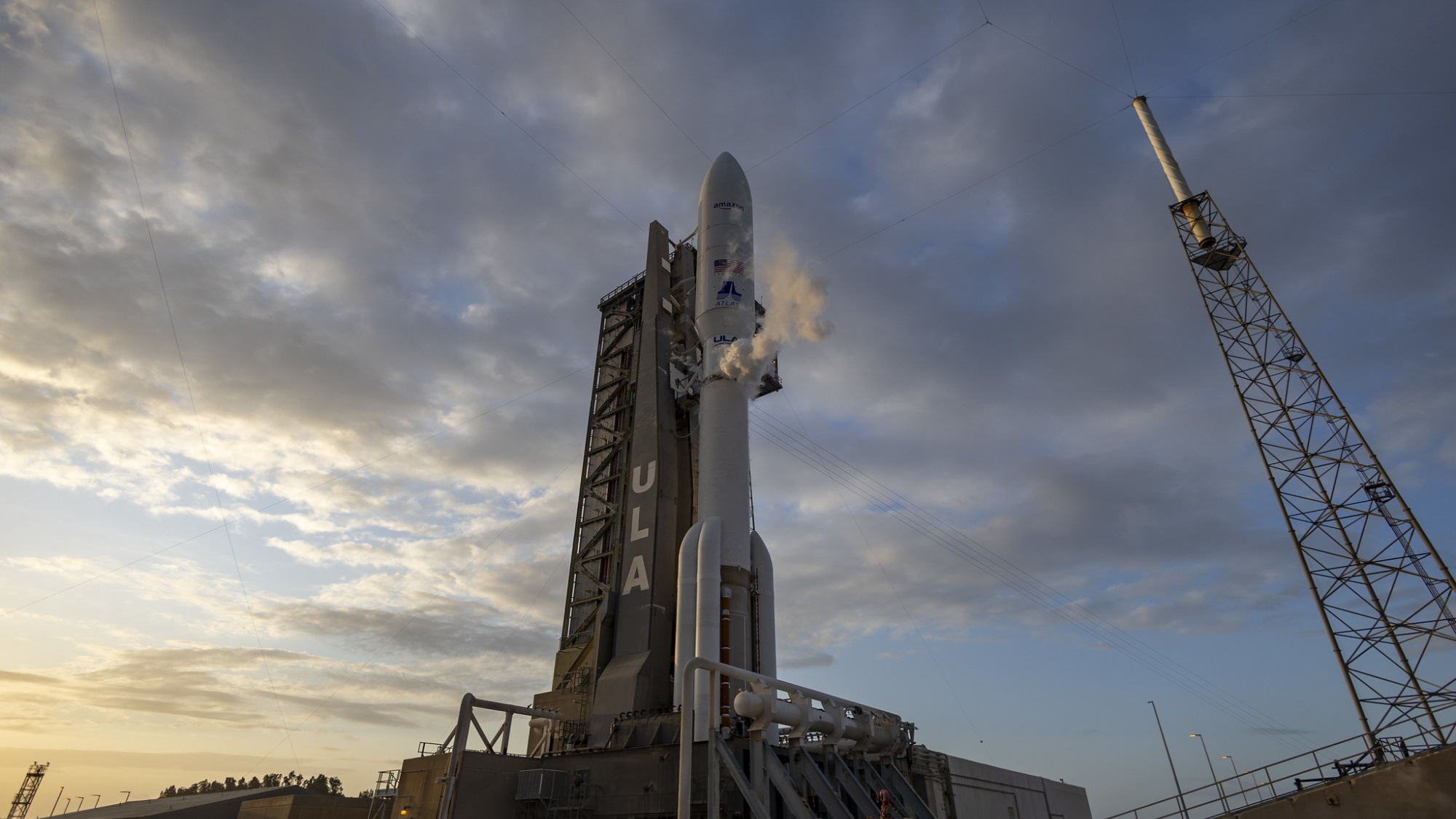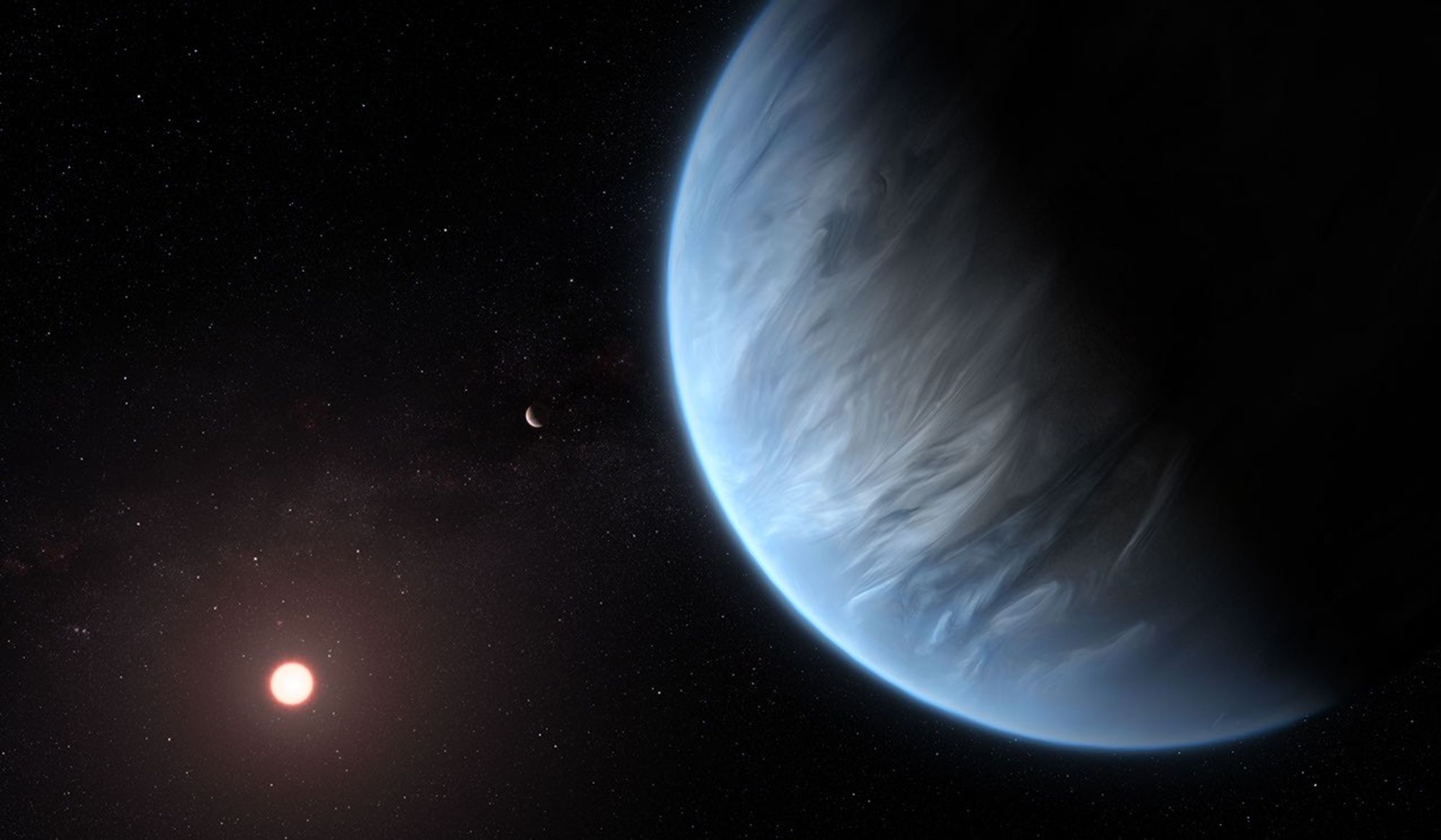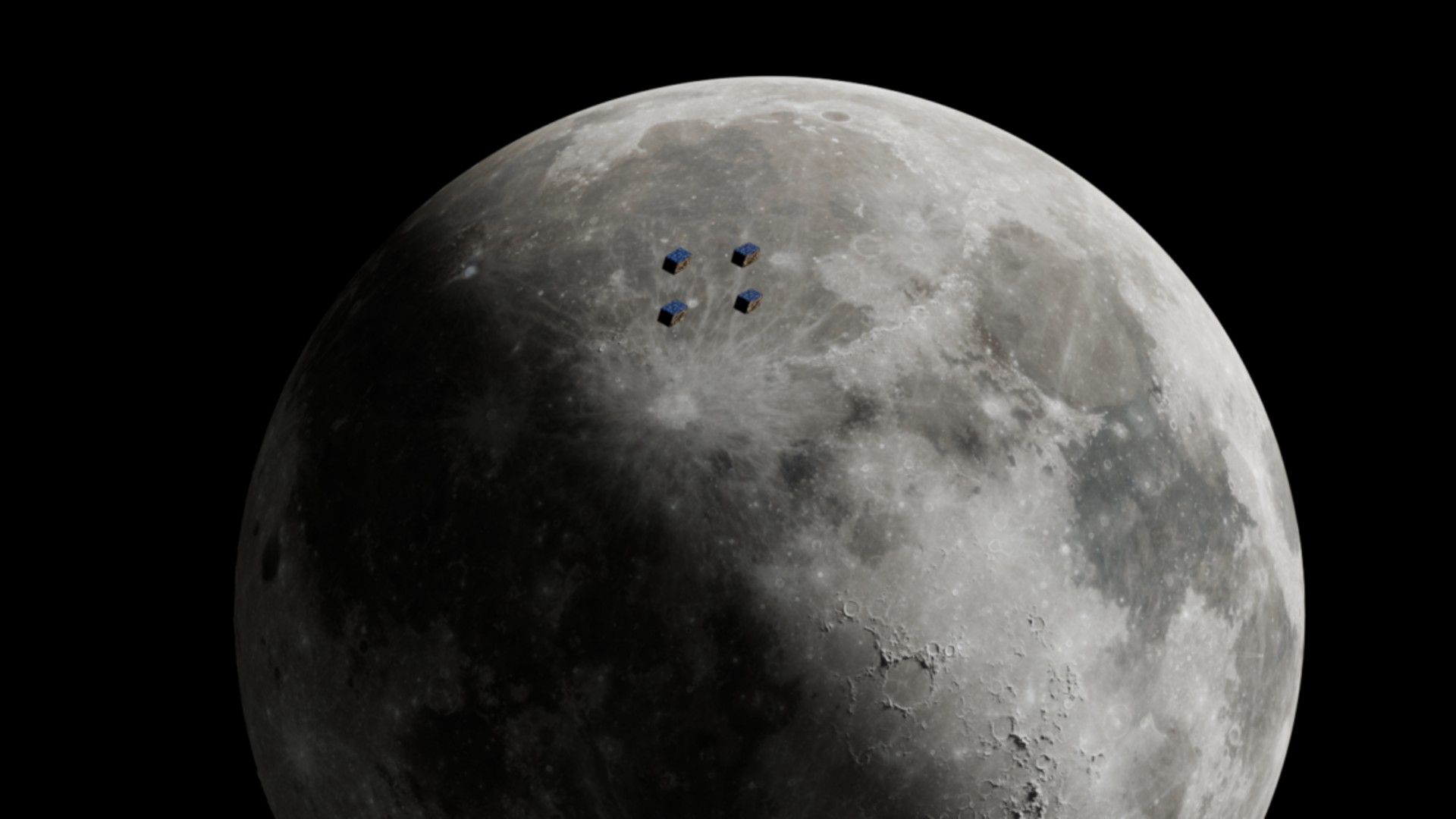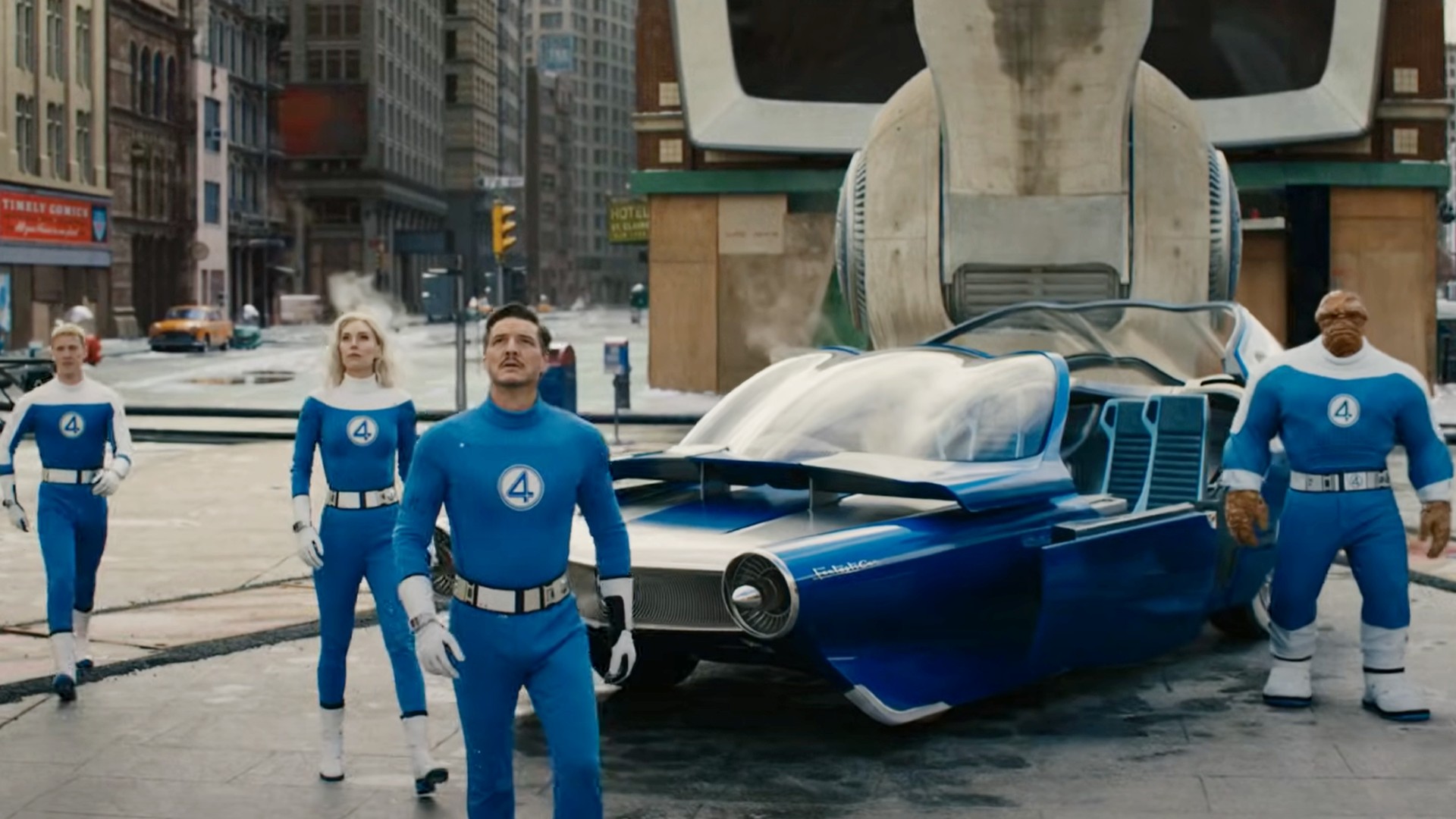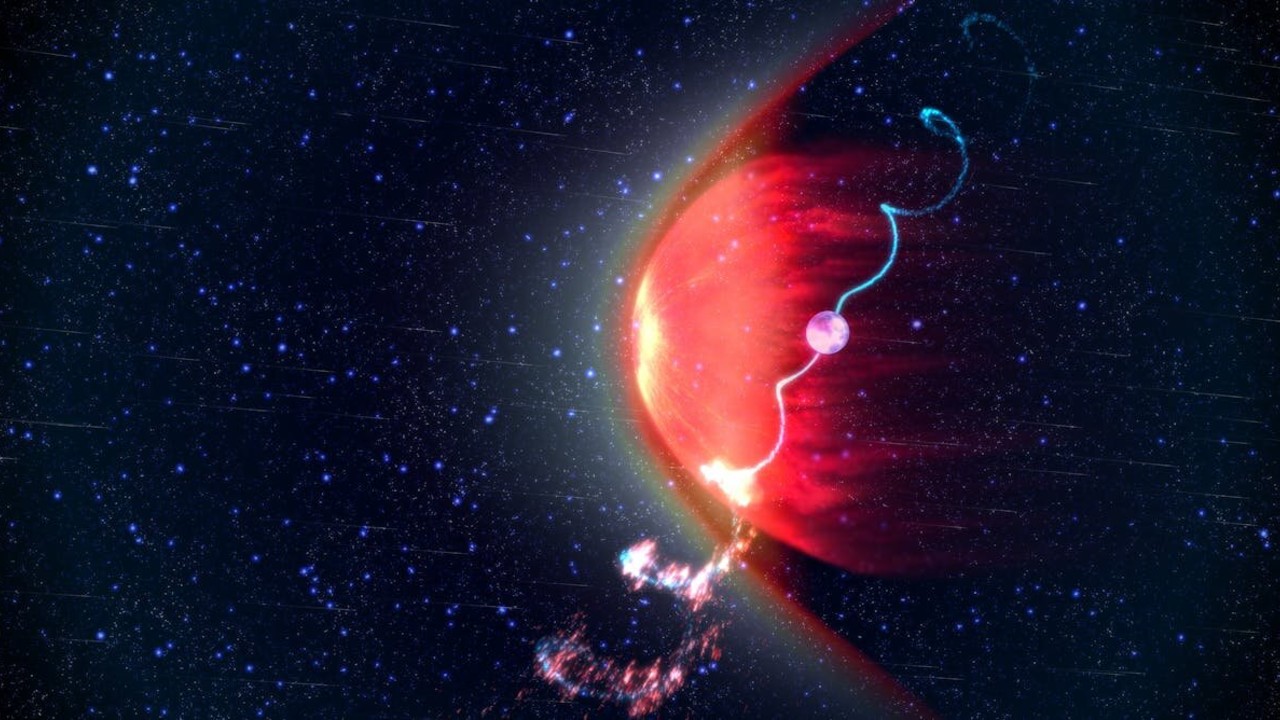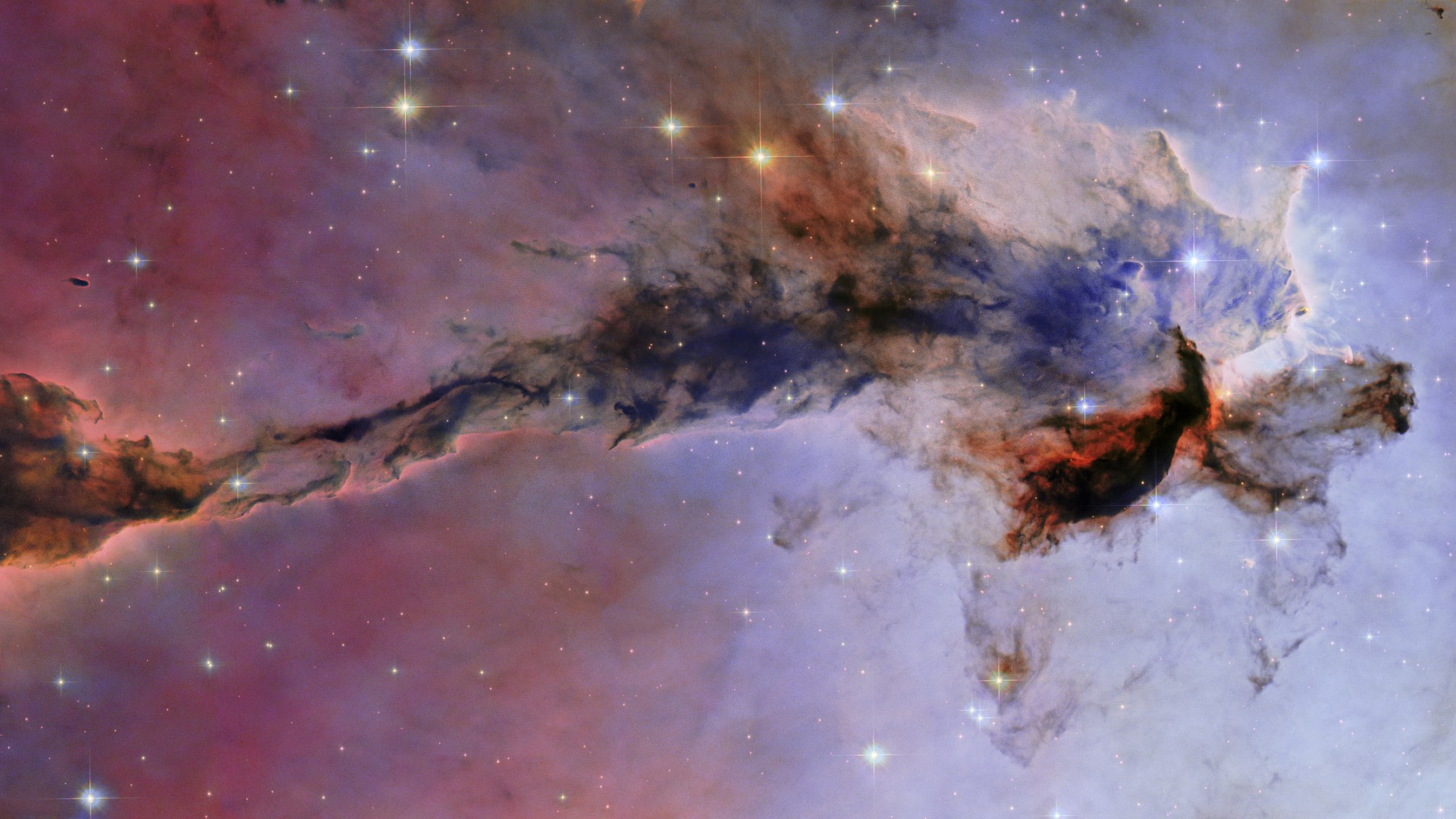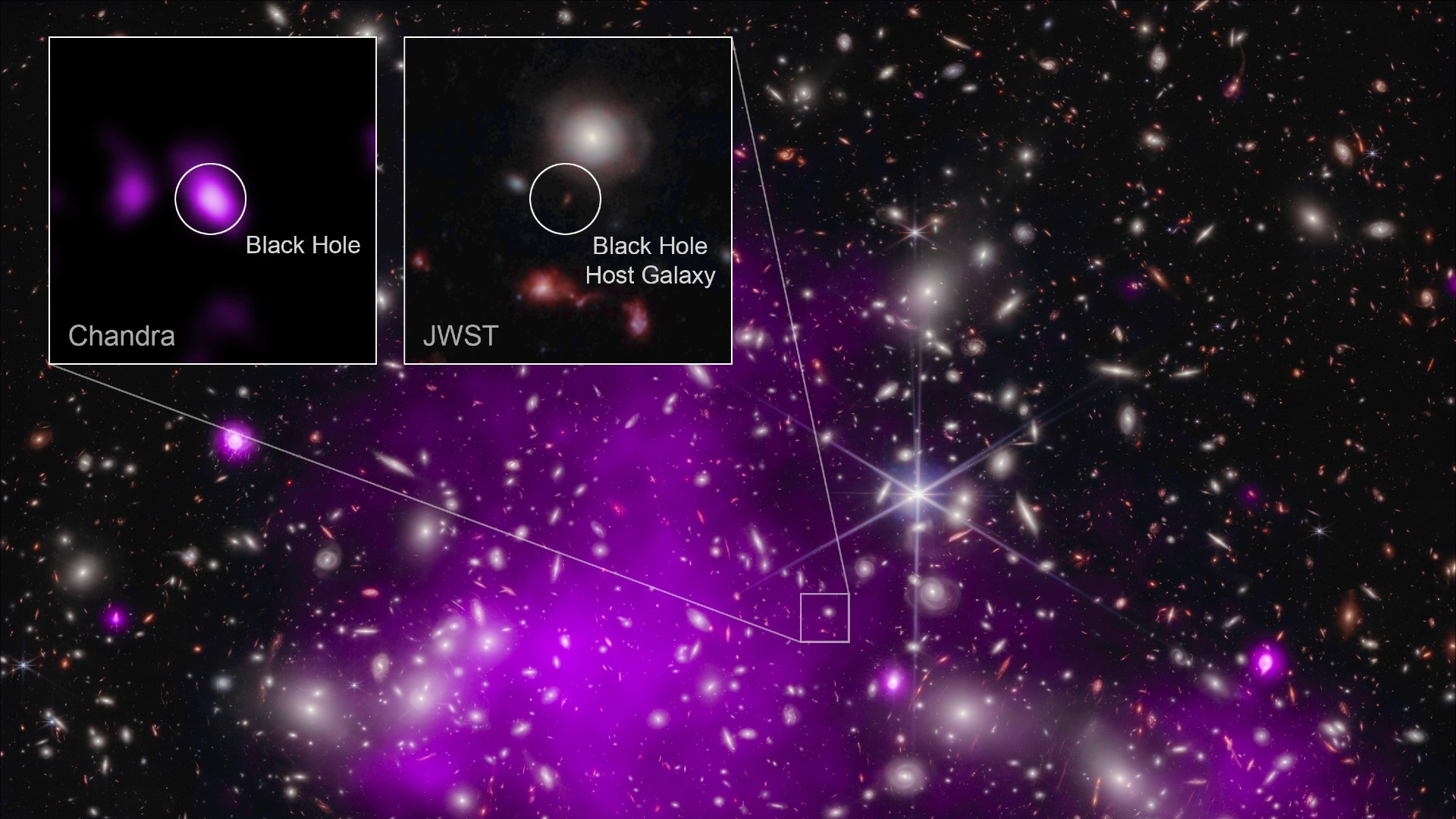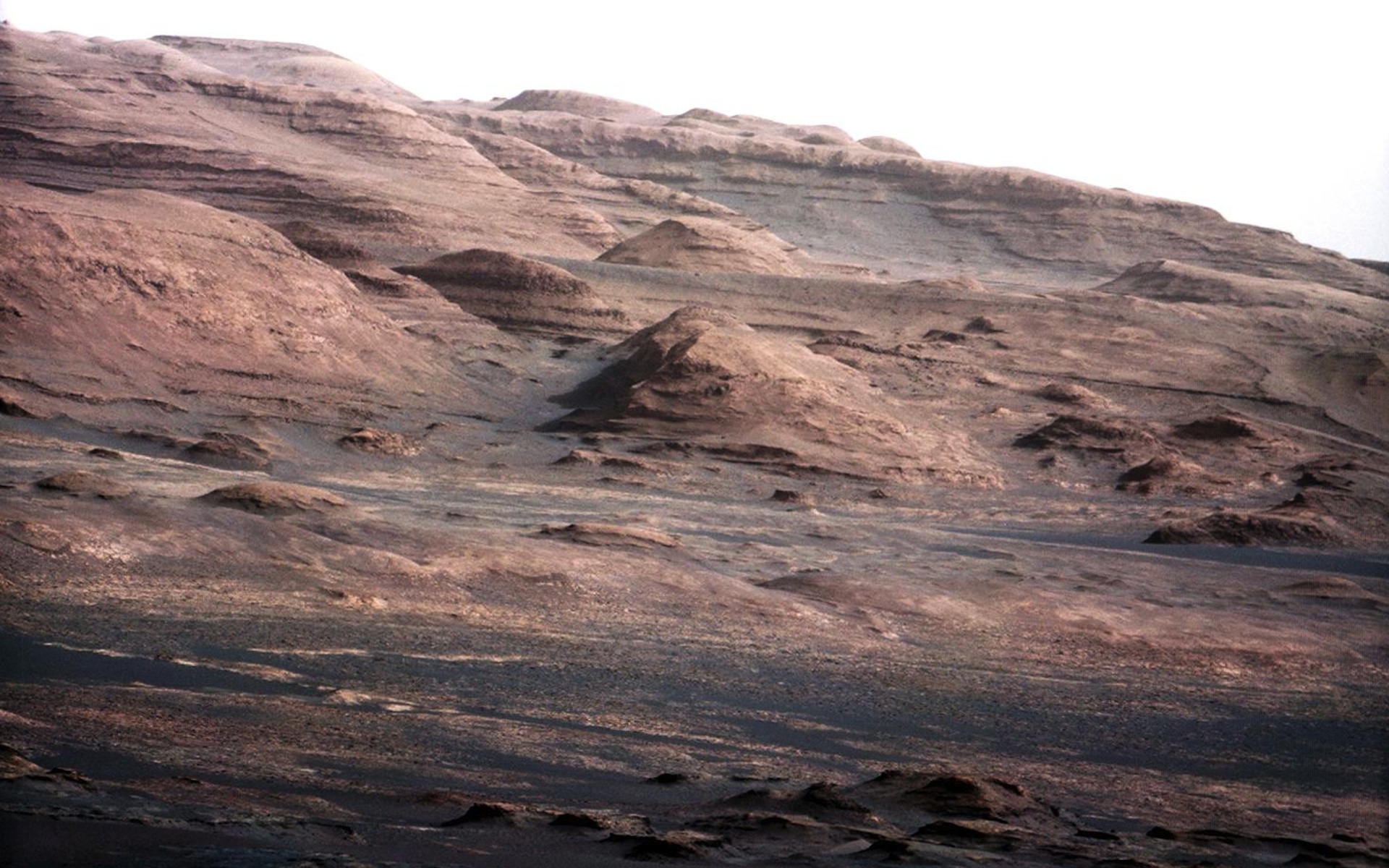'Moonfall' filmmakers saved NASA shuttle simulator now in museum
"We know that we are touching buttons that real astronauts had touched..."

In "Moonfall," director Roland Emmerich's new disaster film opening this week, a retired space shuttle plays a part in NASA's attempt to save Earth. In reality, though, it was the movie makers that came to the rescue, saving a real NASA simulator from an uncertain fate.
Many Hollywood blockbusters have used the space shuttle as a set piece, adding an array of fictional flights to the fleet's 135 historic missions. Filmmakers have typically shot these scenes by building or leasing mockups of the winged orbiter's crew compartment. Other movies have used green screen and CGI to place their actors into virtual shuttles.
The space shuttle set used to film "Moonfall" stars Halle Berry, Patrick Wilson and John Bradley as astronauts was different. Instead of recreations, Emmerich was able to use the real thing.
"We didn't build that cockpit, we got it. We found it in a museum in Florida," said Emmerich in an interview with Lionsgate. "The museum went into bankruptcy and we said to them, 'Can we get the set?'"
Related: Watch the first 5 minutes of 'Moonfall,' Roland Emmerich's new sci-fi disaster film
Acquiring the use of NASA's authentic Guidance and Navigation Simulator (GNS) added complexities to the shoot, but it also delivered an unprecedented level of detail, which Emmerich said was not possible otherwise.
"It was great because there was so much detail you could film," the director told collectSPACE.com. "Nobody can do that anymore, not even a good set decorator can do that anymore. It would just be too difficult."
Get the Space.com Newsletter
Breaking space news, the latest updates on rocket launches, skywatching events and more!
"So we were quite excited when we heard there was a training shuttle cockpit," he said.
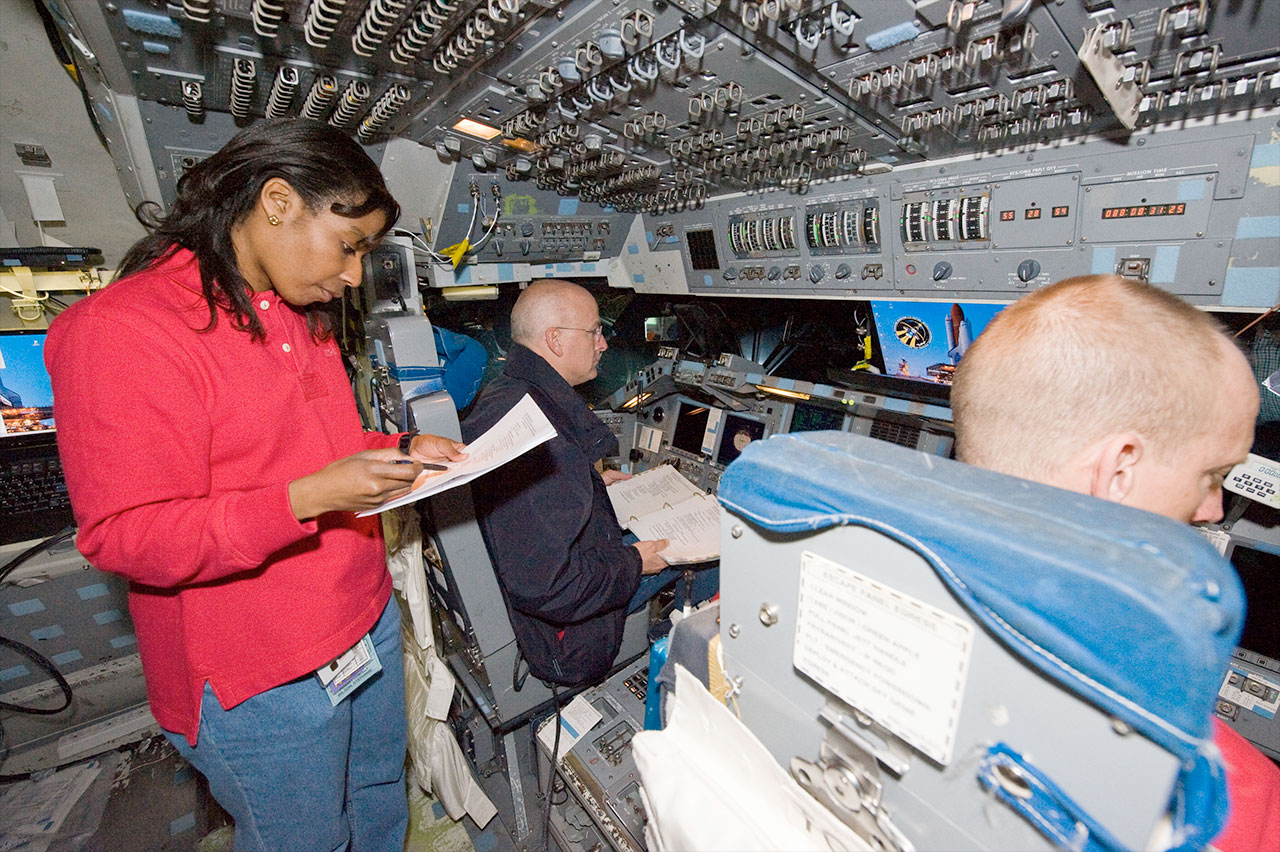
Astronauts sat here
"While it was in pieces — we used different parts of it at different times — it was also still pretty impressive to realize how small the space is," said Berry, who plays NASA executive and former astronaut Jo Fowler. "We know that we are touching buttons that real astronauts had touched and equipment that they actually used."
The Guidance and Navigation Simulator (GNS) was the second-ever space shuttle simulator to go into service at NASA's Johnson Space Center in Houston and eventually became one of only three such devices used to train astronauts for their upcoming missions.
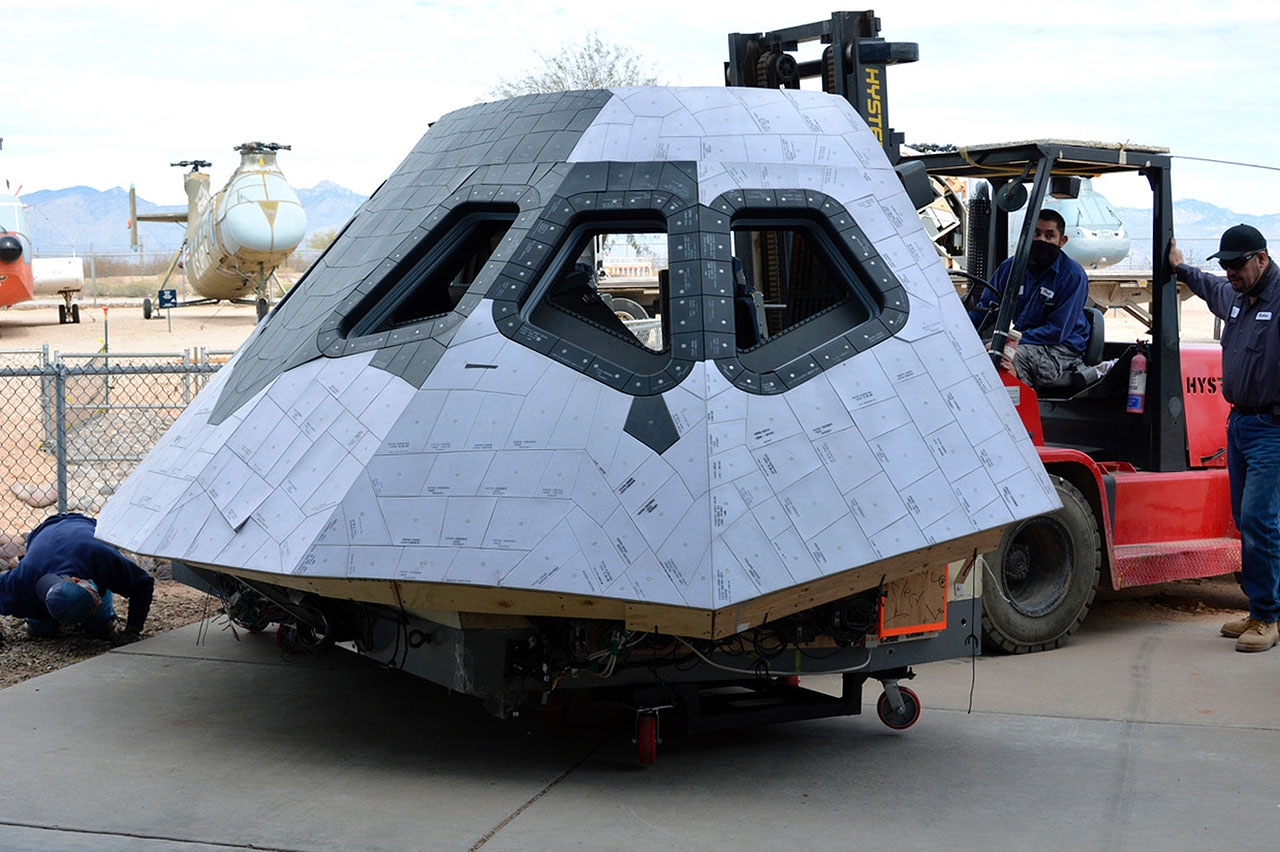
Built out of the remaining parts from an early shuttle procedures simulator, the GNS was at first only used to test the software that would run on other simulators and the real orbiters. After the space shuttle Challenger tragedy in 1986, however, NASA upgraded the GNS to serve as a second static trainer with the computer-fed window displays needed to train astronauts. (The GNS and Fixed Base Simulator, or FBS, were nearly identical with the exception that the earlier lacked a waste collection system [toilet] trainer.)
For more than two decades, astronaut crews used the GNS, along with the FBS and motion-base Shuttle Mission Simulator (SMS), to undergo instruction and practice all of the phases of their flights, from launch and on-orbit operations to reentry and landing.
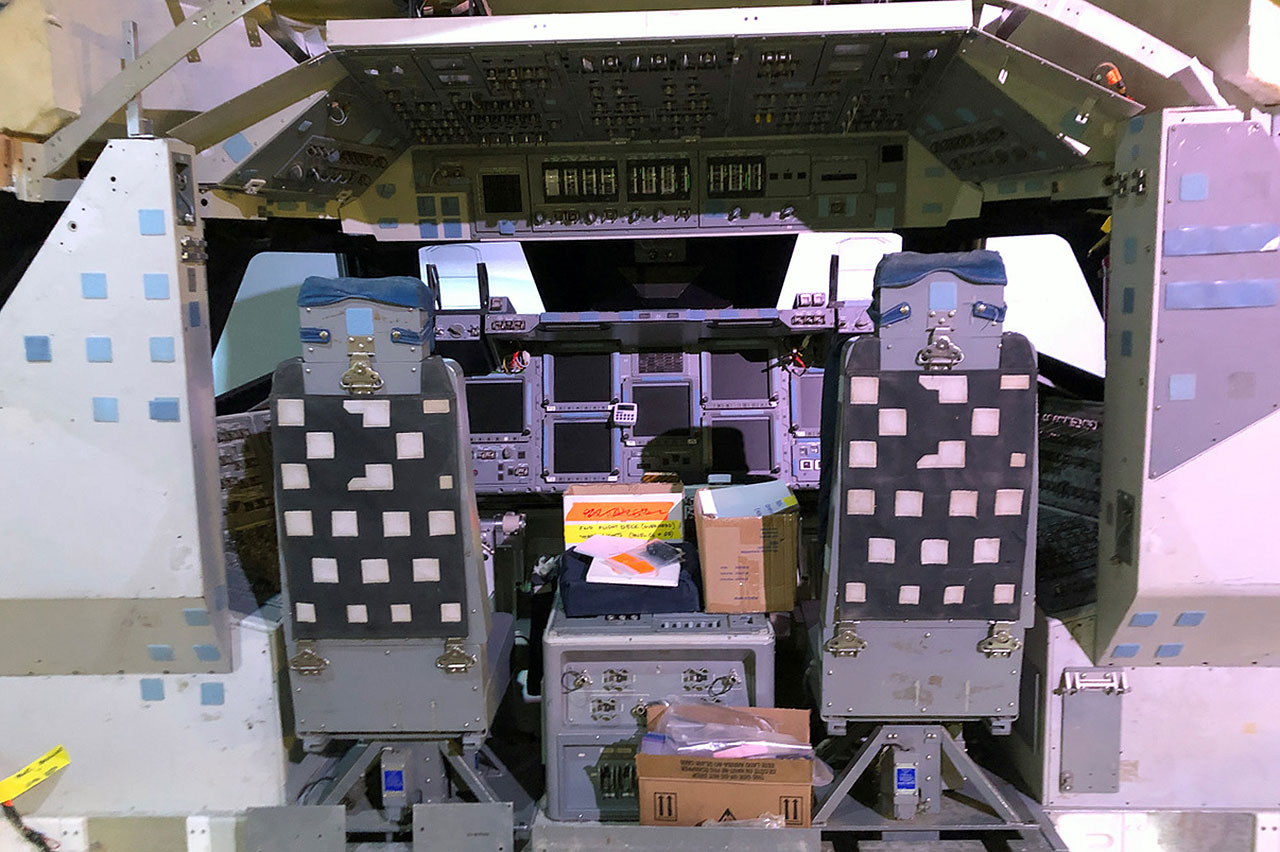
When the shuttle program came to an end in 2011, NASA awarded the GNS to Wings of Dreams, an aviation museum that, at the time, had plans to expand its facilities at the Keystone Heights Airport in Starke, Florida. Unfortunately, the funding needed to display the GNS and other large space shuttle artifacts never materialized and with growing pressure from the airport to leave its property, the Wings of Dreams ended operations in late 2018.
"When 'Moonfall' first called, they were looking for drawings and photos so they could build a cockpit mockup. I suggested perhaps they could use the GNS on the condition that they return it to a museum," said Dennis Jenkins, who as a former space shuttle engineer was working with Wings of Dreams to find new homes for the artifacts. "They readily agreed, so a couple of us went up to Keystone and helped load it on trucks to be taken where 'Moonfall' was being shot in Montreal."
From movie set to museum
"What I am very, very happy about is that we created the most accurate interior of the space shuttle that is in a movie today," said Kirk Petruccelli, the production designer on "Moonfall," in a Lionsgate interview. "All the systems work, they are in the right orientation, the seats are accurate and appropriate, the lighting is all there and details down to the handwritten charts that they may need are in there."
Petruccelli and his team were able to bring the GNC back to life.
"The movie folks did great," Jenkins said in an interview with collectSPACE. "With a little coaching they figured out how to illuminate the instrument panel backlighting and they found small drivers they hooked to all the flat-screen 'glass cockpit' displays so they could output computer-generated displays to them."
"They also added a lot of 'set dressing' to the outside of the simulator, so it no longer looks like the GNS [when it was at NASA] — or, in person, an orbiter," said Jenkins.
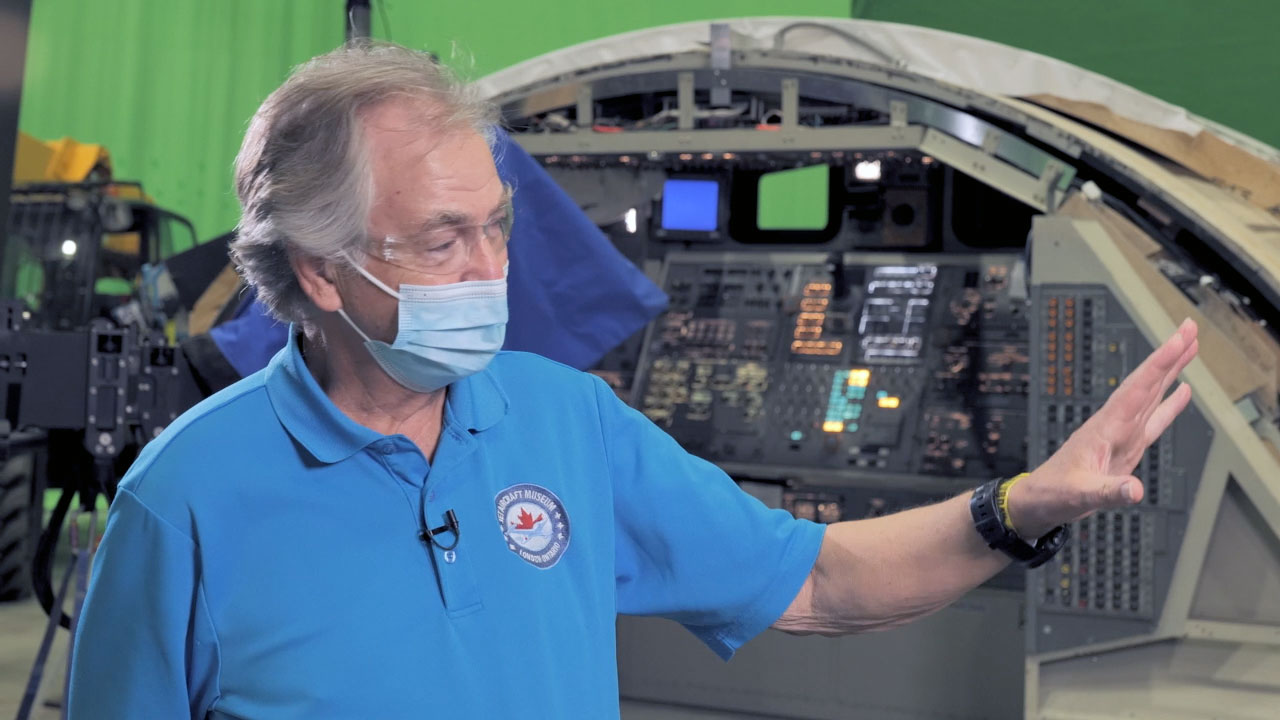
The changes were made to fit the needs of the production, including mounting the flight deck on a hydraulic platform.
"We call them 'shaky decks' and 'tilting decks,'" said special effects supervisor Guillaume Murray. "They give the shuttle some action so the actors could react to vibration and impact and different levels of inclination."
Former Canadian astronaut Bjarni Tryggvason was also brought on set to provide advice to the actors and filmmakers on "flying" the GNS.
"When you look at these cockpits and you see all these switches back here on the [aft flight deck] and then in the front part of the cockpit, there are a few hundred. So every now and then they were looking to throw a switch for something and so I gave them advice on where that kind of switch might be and what they'd do with it," said Tryggvason, who flew as a payload specialist on space shuttle Discovery's STS-85 crew in 1997.
When production on "Moonfall" wrapped, the filmmakers kept true to their promise and shipped the GNS (with all of the additions used to light it up) to the Pima Air & Space Museum in Tucson, Arizona, where it is now on public display.
"We can't wait to see it in action," the museum wrote in Facebook post previewing the use of its space shuttle simulator in "Moonfall."
"Moonfall," directed by Roland Emmerich and starring Halle Berry, Patrick Wilson and John Bradley, opens in theaters on Feb. 4, 2022.
Click through to collectSPACE to watch behind the scenes footage of Halle Berry and the cast of "Moonfall" filming in NASA's GNC shuttle simulator.
Follow collectSPACE.com on Facebook and on Twitter at @collectSPACE. Copyright 2022 collectSPACE.com. All rights reserved.
Join our Space Forums to keep talking space on the latest missions, night sky and more! And if you have a news tip, correction or comment, let us know at: community@space.com.

Robert Pearlman is a space historian, journalist and the founder and editor of collectSPACE.com, a daily news publication and community devoted to space history with a particular focus on how and where space exploration intersects with pop culture. Pearlman is also a contributing writer for Space.com and co-author of "Space Stations: The Art, Science, and Reality of Working in Space” published by Smithsonian Books in 2018.In 2009, he was inducted into the U.S. Space Camp Hall of Fame in Huntsville, Alabama. In 2021, he was honored by the American Astronautical Society with the Ordway Award for Sustained Excellence in Spaceflight History. In 2023, the National Space Club Florida Committee recognized Pearlman with the Kolcum News and Communications Award for excellence in telling the space story along the Space Coast and throughout the world.

